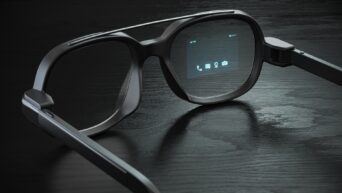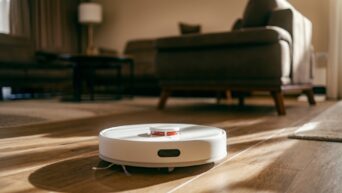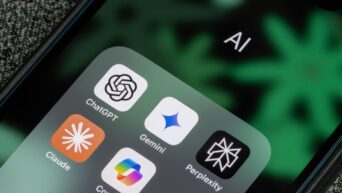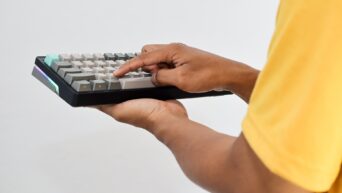We’ve been sending rovers to Mars for over two decades, and while all of them have been really helpful and awesome, they’re still a lot slower and less autonomous than we need them to be.
Enter Europe, who is currently experimenting with artificial intelligence technology to enable self-driving software on future Mars rovers, allowing them to go farther and faster than they already can now.
Three different rovers named Minni, Sherpa, and Mana, were tested in December at five different locations at the Ibn Battuta Test Centre in Morocco, successfully ending the first phase of the Strategic Research Cluster on space robotics technologies. Morocco was chosen by the EU’s Europlanet Research Infrastructure as the test location mainly due to its wind-blown desert environment, which is very similar to Mars’ own dry and dusty terrain. More than 40 engineers were involved in the scheme, funded by the Horizon 2020 program of the European Union.
Another benefit to this software would be the automation of the robotic rovers. Right now, these Mars rovers still need to be controlled by humans back on Earth, which makes their actions quite limited and completely dependent on humans. The European Space Agency (ESA) announced on December 18 that the testing of software that will help make future exploration for new Mars rovers more autonomous– making them more capable of coming to decisions on their own and using their AI to determine where they want to go and how to get there.
Gianfranco Visentin, head of ESA’s Automation and Robotics section, explains, “This is important for the future, when there will be many more rovers going to Mars and they’ll be moving hundreds of metres per day. There won’t be schools of analysts to scrutinise every image – intelligent rover systems will be needed to detect what is interesting and send it back to Earth.”
































